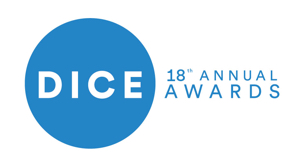Higher education CIOs recognize that key organizational priorities are enrollment and student success, but fail to show innovation with regard to the top technologies required to differentiate themselves and win, according to a survey from Gartner, Inc. (www.gartner.com). Yet, a majority of respondents (59%) think there will be significant business model change due to digital transformation, adds the research group.
Gartner’s 2018 CIO Agenda Survey gathered data from 3,160 CIO respondents in 98 countries and across major industries, including 247 higher education CIOs.
Higher education CIOs ranked digital business/digital transformation as the fifth most strategic business priority. However, when it comes to the top technology areas these institutions are investing in to differentiate themselves, digitalization/digital marketing ranks only eighth amongst higher education respondents, compared to second across all industries.
“This may be because higher education is among the least digitized industries,” said Jan-Martin Lowendahl, vice president and distinguished analyst at Gartner. “The average higher education institution has a large backlog of digital enablement before it can even can think about digital transformation.”
Nevertheless, CIOs in the sector need to start bridging the digital divide.
“Considering that higher education is, in principle, an ‘information’ industry with huge digital potential compared to other industries, digitalization needs to become a top priority,” Lowendahl said.
A third of respondents cite enrollment as their top business priority, making it the clear leader. The growing need to ensure academic quality by competing for the best and the brightest explains the second business priority, student success (22%). Enrollment and student success are both related to growth/market share, but only 14% of the respondents explicitly mention this as a top business objective, putting it in joint third place, alongside retention.



